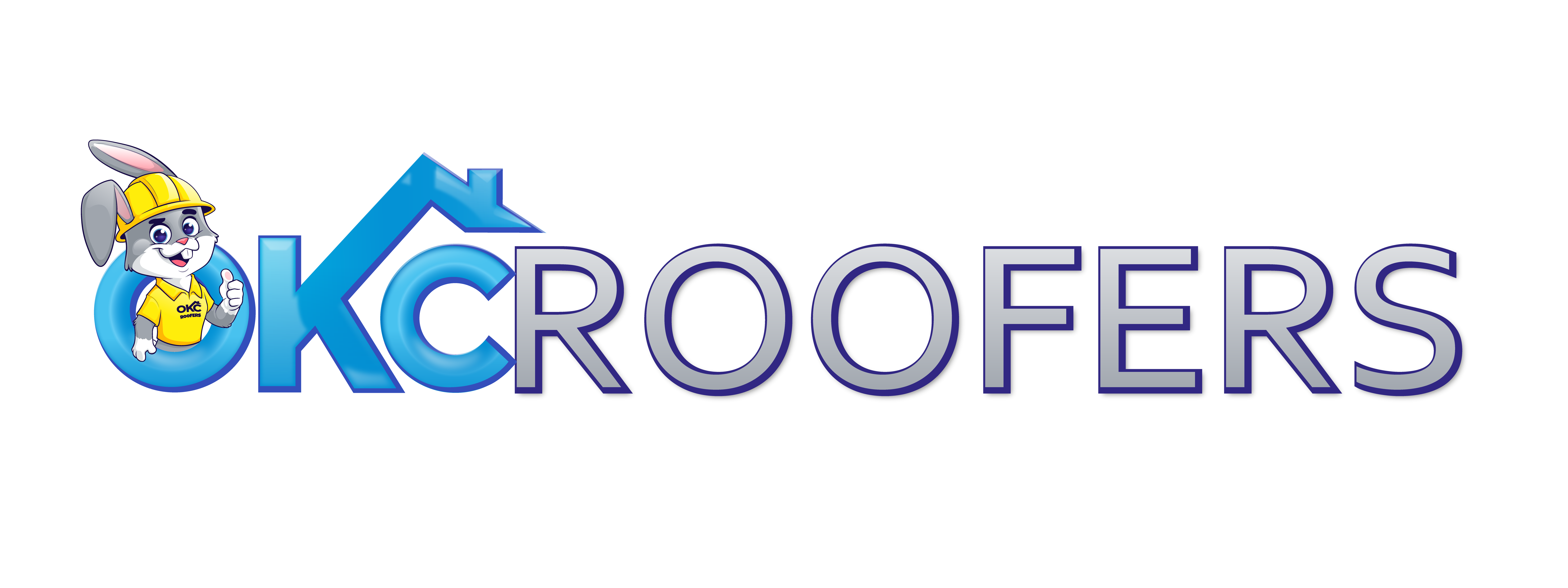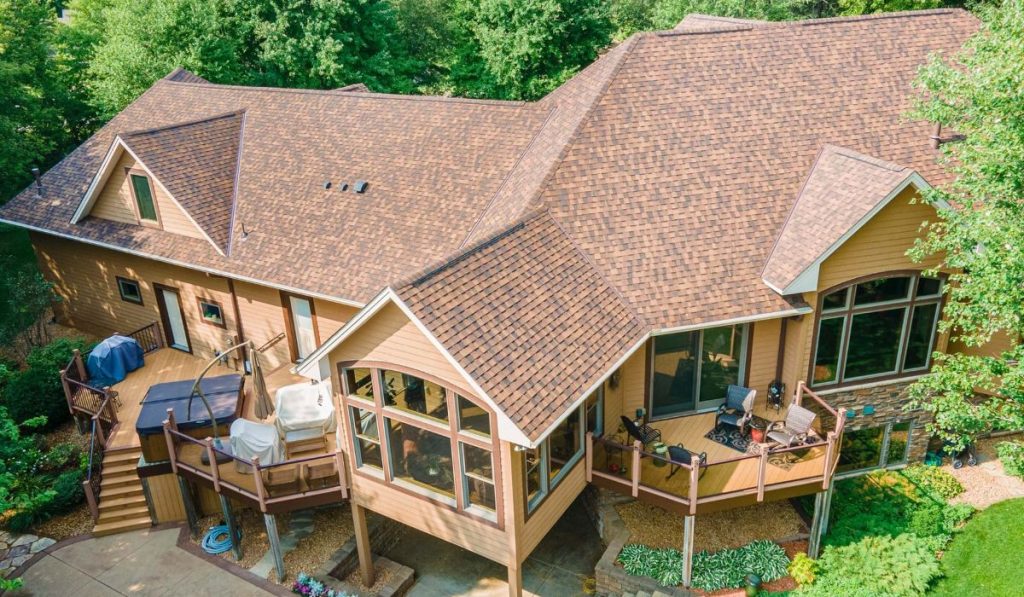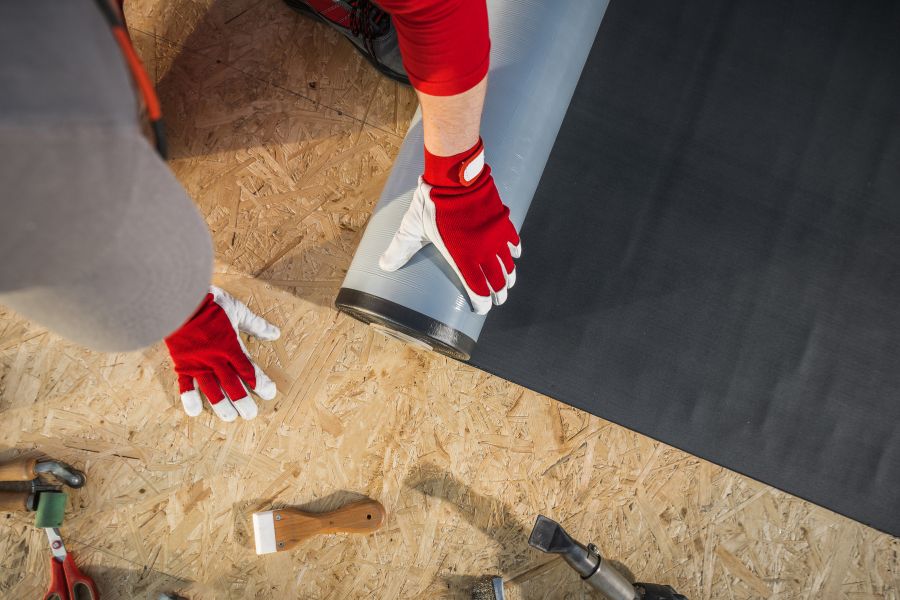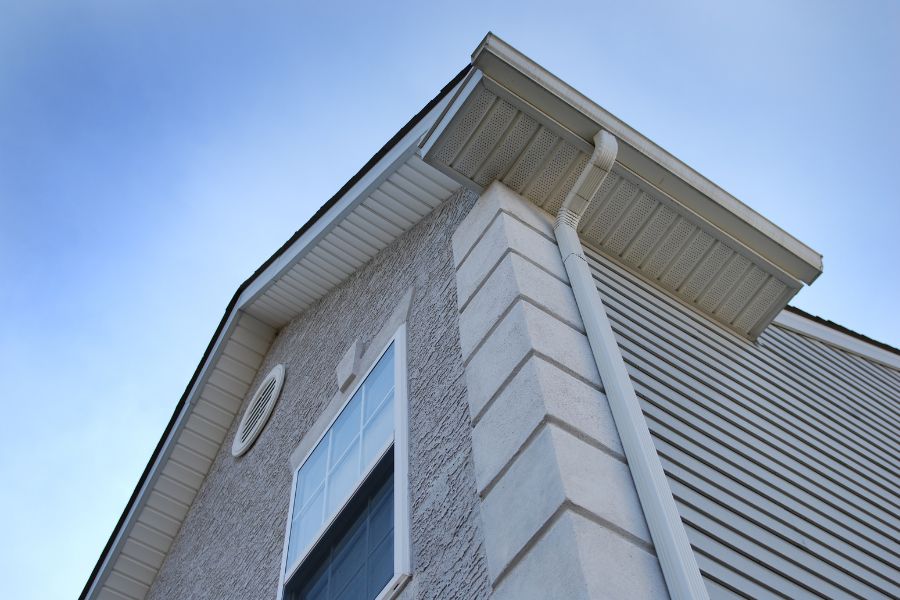Picking the right plywood for roofing isn’t just a “grab whatever’s on sale” move. Your choice sets the tone for strength, weather resistance, and how long your roof holds up.
Some sheets can handle storms like a champ, others warp the second rain hits. That’s why knowing what works and what doesn’t is the cheat code here.
This guide breaks down the types of plywood you can actually trust for roofing, so you don’t waste cash or end up patching leaks down the road.
What plywood is best for roofing?
CDX plywood, at least 1/2-inch thick, is the most reliable option for roofing due to its strength, weather resistance, and affordability.
Key Takeaways
- Plywood is durable, affordable, and reliable for roofing.
- CDX plywood is the most common choice.
- Tongue & Groove prevents sagging between rafters.
- Thickness matters: 1/2-inch is standard, 5/8-inch for heavy loads.
- OSB is cheaper but weaker against moisture.
- Always follow local building codes for thickness.
Why Plywood is Used in Roofing
Plywood is the go-to because it’s tough without being heavy. It gives your shingles or metal panels a solid base, so nothing sags or shifts.
It also handles nails like a champ. That means fewer pull-outs, fewer leaks, and way less stress down the road.
Another flex? It balances strength with cost. You’re not paying luxury prices, but you’re still getting a roof deck that can hold its own against storms and daily wear.
In short, plywood is the cheat code for durability, affordability, and long-lasting roof performance.
Factors to Consider Before Choosing Roofing Plywood
First up, thickness. Go too thin and your roof feels shaky, go too thick and you’re paying extra for weight you don’t need. Match the thickness to your roof span and local building codes.
Next, think moisture resistance. Regular plywood swells like a sponge if it gets wet. Look for exterior-grade or pressure-treated sheets if your climate throws down rain or snow.
Strength matters too. Higher ply counts mean stronger boards that can hold up under heavy shingles or snow loads. Cheap panels might flex, and that’s a fast track to leaks.
Don’t forget budget. Plywood comes in grades, and while A-grade looks cleaner, C/D works fine under shingles. Save the pretty stuff for furniture, not roofing.
Balance strength, weather resistance, and cost. Choose smart now and you’ll dodge repair bills later.
Types of Plywood Used for Roofing
CDX Plywood: CDX is the go-to for most roof decks. The “C” and “D” grades mean one side looks better than the other, but both are solid for strength. The “X” stands for exterior, so it’s built to handle the occasional rainstorm during installation.
It’s not fancy, but it’s tough. If you want a balance of price and durability, CDX is like that reliable hoodie you keep reaching for—nothing flashy, but always gets the job done.
Tongue and Groove (T&G) Plywood: T&G plywood locks together with a snug fit, which means fewer gaps and stronger connections. That’s a big win if your roof spans wide areas and needs extra support.
No sagging between rafters, no annoying squeaks later. It’s the cheat code if you’re aiming for a roof that stays tight and solid over time.
Structural Plywood Grades: Not all plywood sheets are created equal. Structural grades are stamped for load-bearing strength, making them perfect for roofs that take on heavy shingles, snow, or extra weight.
Think of them as the heavy lifters of the plywood world. You pay a bit more, but you get peace of mind knowing your roof can handle serious pressure without buckling.
Recommended Plywood Thickness for Roofing
Roof decking isn’t a “grab whatever’s cheap” situation. Thickness matters more than you think.
Most homes do fine with 1/2-inch plywood, which gives solid support without overkill weight. If you’re in a heavy snow zone or planning tile roofing, step up to 5/8-inch. That extra muscle keeps your roof steady under serious load.
On the flip side, going thinner than 1/2-inch is asking for sag and soft spots. It might save a few bucks now, but it’ll cost you in repairs later.
Lastly, 1/2-inch is your everyday workhorse, 5/8-inch is your tank. Pick based on your roof’s weight and climate, and you’ll avoid headaches down the road.
Plywood vs OSB for Roofing
Plywood’s the classic pick. It’s strong, handles nails like a champ, and bounces back better if it gets wet. That makes it the safer call in rainy or humid spots.
OSB, on the other hand, wins on price and availability. It’s solid under shingles but can swell if moisture lingers. If you’re roofing in a dry climate and want to save cash, it’s a decent flex.
The smart move? Let your climate and budget call the shots, not just the price tag.
Installation Tips for Roofing Plywood
Keep your sheets staggered so seams don’t all line up like bad Tetris. Leave a small gap between panels, because wood moves when the weather does. Nail them tight, but don’t crush the edges.
And here’s the cheat code: use proper underlayment so your plywood stays protected long after the last nail’s in.
FAQs on What Plywood Is Used for Roofing?
1. What grade of plywood is best for roofing?
CDX is the go-to for most roofs. It balances strength, weather resistance, and affordability.
2. Is 1/2-inch plywood strong enough for a roof?
Yes, for lighter loads and close rafter spacing. For heavier roofs, go 5/8-inch or thicker.
3. Can you use OSB instead of plywood?
You can. OSB is cheaper and strong but doesn’t handle moisture as well as plywood.
4. How long does roofing plywood last?
Typically 20–40 years, depending on climate, roof design, and upkeep.
5. Do building codes require specific plywood thickness?
Yes. Most codes require at least 3/8-inch, but local rules may demand thicker sheets.
Conclusion
Roofing plywood isn’t a one-size-fits-all choice. It comes down to matching the panel thickness and grade with your climate, budget, and roof design. If you want durability and fewer headaches later, invest in the right sheet now.
Think of it as the cheat code to a stronger roof and fewer “wish I’d known” moments.





